
Lugano is a city and municipality within the Lugano District in the canton of Ticino, Switzerland. It is the largest city in both Ticino and the Italian-speaking region of southern Switzerland. Lugano has a population of 62,315, and an urban agglomeration of over 150,000. It is the ninth largest Swiss city.

The Università della Svizzera italiana, sometimes referred to as the University of Lugano in English-speaking contexts, is a public Swiss university established in 1995, with campuses in Lugano, Mendrisio and Bellinzona. USI is the only university in Switzerland where the official language is Italian, but many of its programs are in English.
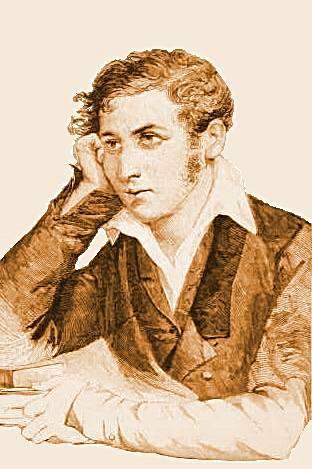
Carlo Cattaneo was an Italian philosopher, writer, and activist, famous for his role in the Five Days of Milan in March 1848, when he led the city council during the rebellion.

The Bologna massacre was a terrorist bombing of the Bologna Centrale railway station in Bologna, Italy, on the morning of 2 August 1980, which killed 85 people and wounded over 200. Several members of the neo-fascist terrorist organization Nuclei Armati Rivoluzionari were sentenced for the bombing, although the group denied involvement.

Leoluca Bagarella is an Italian criminal and member of the Sicilian Mafia. He is from the town of Corleone. Following Salvatore Riina's arrest in early 1993, Bagarella became the head of the strategist strategy faction, opposing another faction commanded by the successor designate Bernardo Provenzano, creating a real rift in Cosa Nostra. Bagarella was captured in 1995, having been a fugitive for four years, and sentenced to life imprisonment for Mafia association and multiple murders.

Capolago is a village situated at the south-eastern extremity of Lake Lugano, in the Swiss canton of Ticino. Originally a municipality in its own right, Capolago is now a quarter of the municipality of Mendrisio, itself part of the district of Mendrisio.
The San Luca feud or Vendetta of San Luca is a long-running conflict between two clans of the 'Ndrangheta crime organisation that began in 1991 in Italy's Calabria region in the village of San Luca.
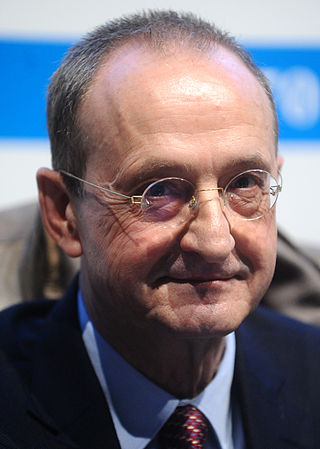
Carlo Palermo is an Italian lawyer and investigative magistrate. He was an assistant prosecutor in Trento from 1975 to 1984 and in Trapani till 1989. Afterwards he resigned from the judiciary.

The Viale Lazio massacre on 10 December 1969 was a settling of accounts in the Sicilian Mafia. Mafia boss Michele Cavataio and three men were killed in the Viale Lazio in Palermo, Sicily, by a Mafia hit squad. The bloodbath marked the end of a pax mafiosa that had reigned since the Ciaculli massacre until the end of the Trial of the 114 against Cosa Nostra.
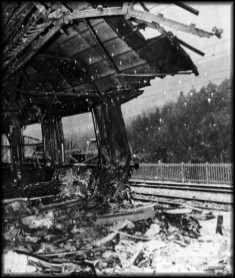
The Train 904 bombing was a terror attack which occurred on 23 December 1984, in the Apennine Base Tunnel. A bomb on the 904 express train from Naples to Milan was detonated, killing 16 and wounding 266. The bombing location was near the location of the Italicus Express bombing ten years previously.
Mario Bernasconi was a Swiss-Italian sculptor.
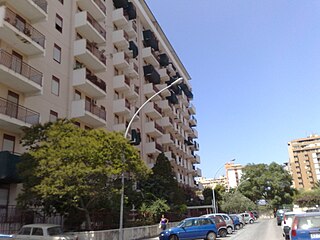
The via D'Amelio bombing was a terrorist attack by the Sicilian Mafia, which took place in Palermo, Sicily, Italy, on 19 July 1992. It killed Paolo Borsellino, the anti-Mafia Italian magistrate, and five members of his police escort: Agostino Catalano, Emanuela Loi, Vincenzo Li Muli, Walter Eddie Cosina, and Claudio Traina.
Giuseppe Casarrubea was an Italian historian and author.

The Circonvallazione massacre, in Italian Strage della Circonvallazione, was a Cosa Nostra attack that took place on June 16, 1982 on the Palermo ring road. The attack was directed against Catanese boss Alfio Ferlito, who was being transferred from Enna to the Trapani jail, and died with the three escort carabinieri and the 22-year-old Giuseppe Di Lavore, the driver of the private company tasked with the transportation of prisoners, who had replaced his father. The mandators of this massacre were Salvatore Riina and Bernardo Provenzano, in favor to Nitto Santapaola, who was in a year-long war with Ferlito for the dominance in the city of Catania territory.

The White Uno Gang was an Italian criminal organization operating mainly in Emilia-Romagna and Marche.

Matteo Castelli was a Swiss architect. His nephew Costante Tencalla also became an architect. Further can be attributed to Castelli: in Kraków the church of St. Peter and Paul, the Zbaraski princely chapel in the Dominican church (1627-1629) and the altar of St. Stanislaus in the cathedral, also in Vilnius cathedral the chapel of St. Casimir (1626–1636), the Ujazdowski palace and the royal residence near Warsaw. In Melide he donated a memorial chapel in 1625-1626 and rebuilt the altar of his family in the parish church.
Piero Bianconi was a Swiss-Italian writer and academic.
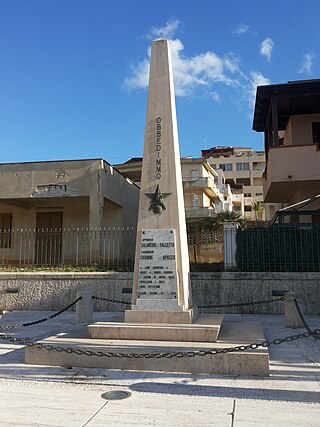
The Massacre of Alcamo Marina refers to a double murder that occurred on 27 January 1976 in a Carabinieri station at Alcamo Marina, situated in the province of Trapani in the Italian island of Sicily. In the middle of the night, unknown gunmen broke into the station and shot dead two Carabinieri officers. Initially the Red Brigades were suspected, although they denied having anything to do with the attack, but eventually some youngsters from the area, including Giuseppe Gulotta, were arrested and convicted, and then absolved after more than 30 years. The Gulotta case represents one of the worst cases of miscarriage of justice and unjust detention in Italian history: Gulotta spent 22 years in jail and was then acquitted during a revisal of the trial, which took place after one of the Carabinieri officers involved in the investigation admitted that Gulotta's confession was obtained through torture and intimidation.

The Fragheto massacre was the massacre of 30 Italian civilians and 15 partisans in Fragheto, a frazione of Casteldelci in central-northern Italy, on 7 April 1944, during World War II, by soldiers of the German 356th Infantry Division. After partisans belonging to the Eighth Garibaldi Brigade ambushed troops approaching the hamlet, fourteen soldiers of the Sturmbattaillon OB Sudwest conducted house-to-house searches and summarily killed civilians. Representing 40% of the hamlet's population, many of the victims were elderly people, women, or children. A further seven partisans and one civilian were shot the next day at Ponte Carrattoni, at the confluence of the Senatello and Marecchia.

















